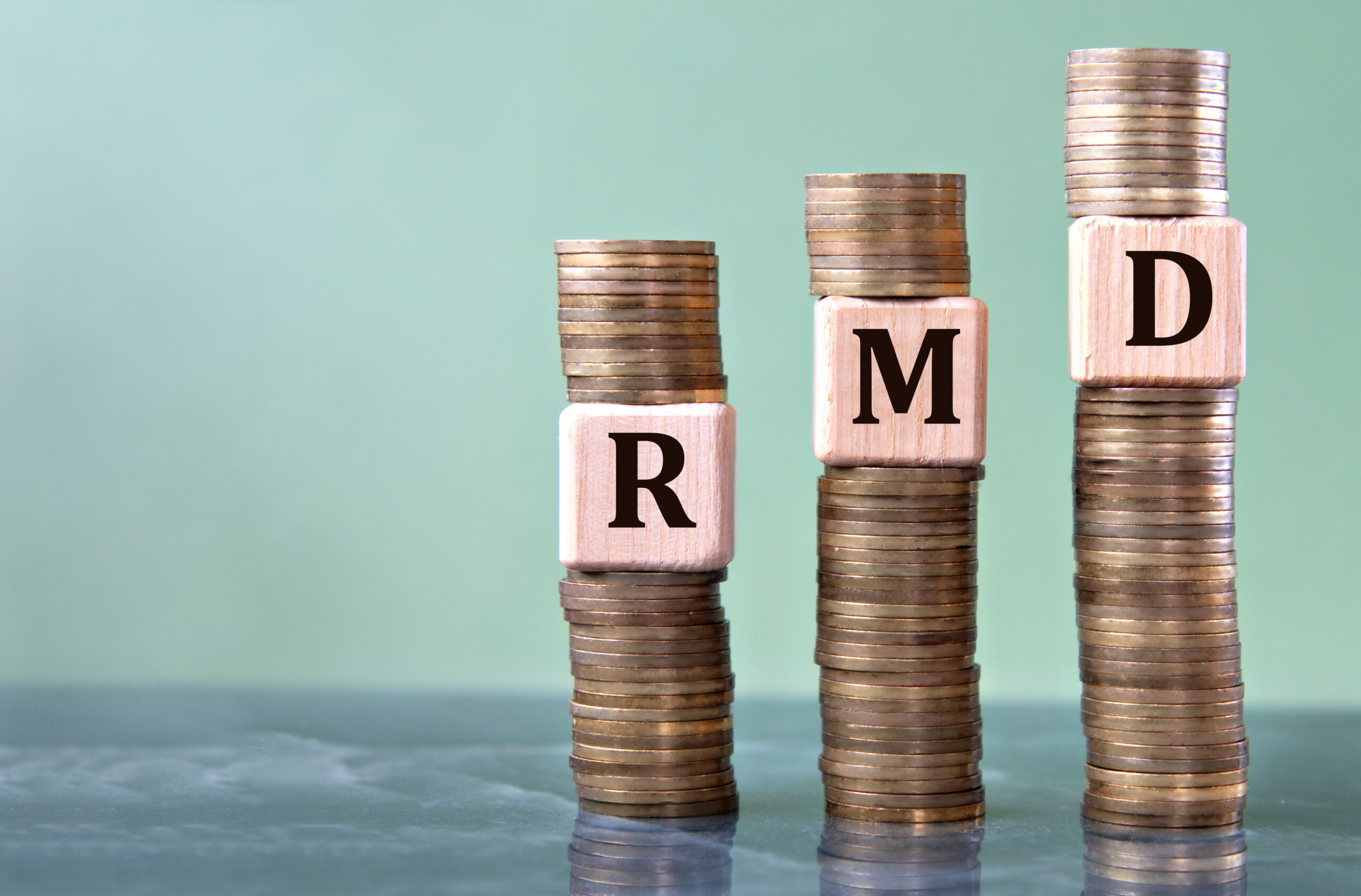If you have tax-deferred retirement accounts like a 401(k), IRA, or other qualified plans, you are required to start withdrawing a minimum amount each year once you reach a certain age. These Required Minimum Distributions (RMDs) ensure that money in retirement accounts is eventually taxed, rather than passed down indefinitely.
While RMDs are unavoidable for most retirees, strategic planning can help reduce tax burdens, prevent penalties, and maximize the benefits of your retirement savings. Failing to properly manage RMDs can lead to unnecessary financial stress, unexpected tax bills, and even penalties from the IRS. This guide covers everything you need to know about RMDs, from when they start to how they impact your estate planning.
When Do You Have to Start Taking RMDs?
The age at which you must begin taking RMDs depends on your birth year and any future legislative changes. As of 2025, here’s what you need to know:
- If you were born before 1951: You should already be taking RMDs.
- If you were born between 1951 and 1959: Your RMDs start at age 73 under current law.
- If you were born in 1960 or later: Your RMDs will begin at age 75 unless the law changes.
The first RMD must be withdrawn by April 1 of the year after you reach the required age. After that, RMDs must be taken annually by December 31 to avoid penalties.
1. Know When RMDs Start—Missing Deadlines Can Trigger Hefty Penalties
The IRS imposes a steep 25% penalty if you fail to withdraw your full RMD on time. If corrected within two years, the penalty may be reduced to 10%. However, missing multiple RMDs or failing to take corrective action could lead to compounding financial consequences.
Best Practice: Set up automatic withdrawals with your financial institution to ensure your RMDs are processed on time.
2. Calculate Your RMD in Advance—Your Withdrawal Amount Increases Over Time
Your annual RMD is based on your account balance at the end of the previous year and your life expectancy factor as determined by IRS tables. As you age, your life expectancy factor decreases, meaning your RMDs will gradually increase each year. This can push you into a higher tax bracket, increasing your overall tax burden.
Best Practice: Use an RMD calculator or consult a financial advisor to estimate future withdrawals and plan accordingly.
3. Plan for the Tax Impact—RMDs Can Increase Your Taxable Income
RMDs are taxed as ordinary income, meaning they can increase your overall tax liability and push you into a higher tax bracket. This can affect:
- Your Social Security taxes
- Medicare IRMAA surcharges
- Your eligibility for certain deductions and credits
- Strategic withdrawals and tax planning can help you minimize unnecessary tax burdens while ensuring compliance with IRS rules.
Best Practice: Consider withdrawing more than your RMD in lower-income years to smooth out your taxable income.
4. Consider Charitable Giving to Offset Taxes—Qualified Charitable Distributions (QCDs) Reduce Taxable Income
If you are charitably inclined, donating all or part of your RMD through a Qualified Charitable Distribution (QCD) can help lower your taxable income.
- You can donate up to $100,000 per year directly from your IRA to a qualified charity.
- QCDs count toward your RMD obligation but are excluded from taxable income.
Best Practice: If you don’t need all your RMD for personal expenses, consider donating it to charity to reduce your tax burden.
5. Use Roth Conversions Before RMDs Begin—This Can Lower Future Tax Liability
If you convert a traditional IRA to a Roth IRA before reaching your RMD age, you can reduce future RMD amounts. This is because:
- Roth IRAs do not have RMDs for the original account holder.
- Converting before RMDs start allows you to control when and how much you pay in taxes.
- If you expect tax rates to increase, converting funds now may save money in the long run.
Best Practice: Consider small, gradual Roth conversions over multiple years to avoid spiking your tax bracket in any given year.
6. Ensure Beneficiaries Understand Their RMD Responsibilities
If you inherit an IRA or 401(k), different RMD rules may apply depending on your relationship to the original account holder.
- Spouses can often roll the account into their own IRA and defer RMDs until their own required age.
- Non-spouse beneficiaries must often withdraw the full balance within 10 years of inheritance.
- Minor children, disabled individuals, and certain other beneficiaries may qualify for special exceptions.
Best Practice: If you are leaving retirement accounts to heirs, make sure they understand their distribution responsibilities to avoid penalties.
7. Automate Withdrawals to Avoid Penalties
Many financial institutions allow retirees to set up automatic withdrawals to ensure that RMDs are processed on time. This eliminates the risk of missing deadlines and incurring IRS penalties.
- You can set up monthly, quarterly, or annual withdrawals.
- Automating RMDs ensures compliance without extra effort.
Best Practice: Work with your financial institution to set up automatic RMD distributions that align with your tax planning strategy.
If you have feedback, questions, or ideas for future articles or Information Hubs, please contact us. Your insights help us create valuable content.


